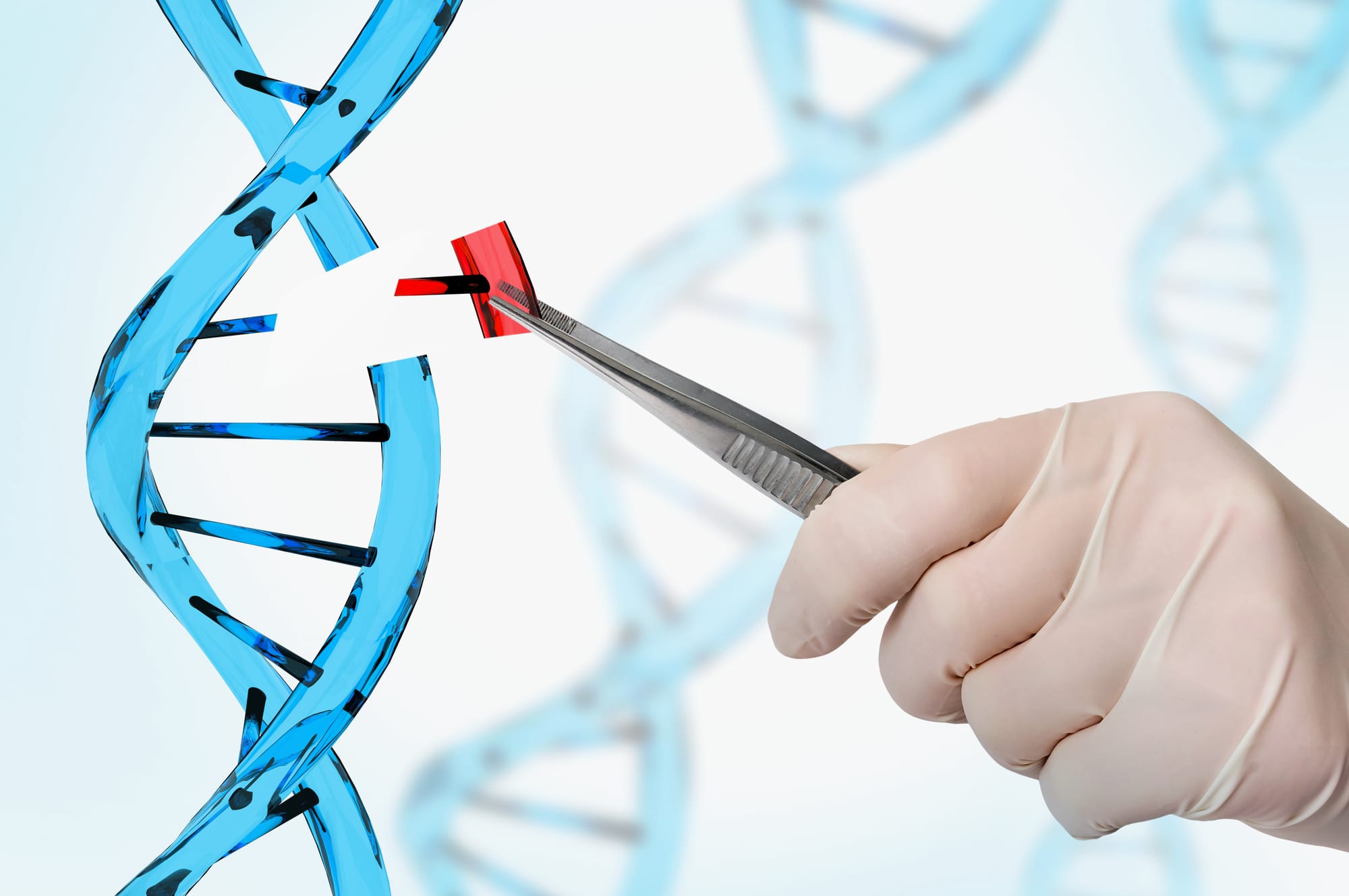As the old saying goes, 'A journey of a thousand miles begins with a single step.'
This phrase fits perfectly when we talk about the progress in gene therapy, especially for metabolic diseases. In the last twenty years or so, what once sounded like something from a sci-fi movie is now a shining light of hope for people fighting inherited metabolic diseases (IMD).
Let's dive into a clear explanation of how gene therapy has moved from just a new idea to a game-changing way to treat diseases, showing its details, successes, and the bright future it could bring.
The Evolution of Gene Therapy
Let's talk about how gene therapy has changed over time in a way that's easier to grasp. Imagine gene therapy as a “new kid on the block”, first seen as a wild and untested idea.
Now, it's leading the charge in medical science, especially when it comes to tackling rare illnesses. This shift didn't happen overnight. More and more clinical trials have been happening, and countries in the western world have been giving the thumbs up to gene therapy treatments. The journey of gene therapy is really a story of never giving up — filled with creativity, gaining new insights, and adjusting to new discoveries.
Inherited Metabolic Diseases: The Dire Need for a Cure
Inherited metabolic diseases are rare illnesses that can be very serious and sometimes even life-threatening. For a long time, there haven't been good treatments available, leaving many patients and their families feeling hopeless and unsure about the future. But now, with the development of gene therapy, things are starting to change for the better. This new approach is giving hope to many, as it might be a way to cure these challenging conditions.
Understanding Gene Therapy Strategies
Let's simplify the talk about gene therapy strategies while keeping our professional hat on. Gene therapy uses different methods, all aimed at fighting genetic disorders in effective ways. This includes advanced ways to deliver therapy, using both viral and non-viral carriers, and the latest in gene editing tech. The main aim here is to fix the genetic errors by putting a working gene into the patient's cells, giving them a real shot not just at getting better but potentially curing the disorder for good.
Delivery Methods: Charting the Course
The effectiveness of gene therapy really depends on how it's given to the patient. Picking the best way to deliver gene therapy is crucial and it varies depending on the disease being treated. It could be a direct injection into the problem area or a more general approach, sending the treatment through the bloodstream to reach all parts of the body. Each method has its own hurdles and things to think about.
Viral vs. Non-Viral Vectors: A Delicate Balance
Diving into the topic of viral versus non-viral carriers in gene therapy, there's an ongoing discussion about whether to use viral or non-viral methods for delivering healing genes into cells. Viral methods are known for being really good at this job, but they're not without their problems, including some safety worries. On the other hand, non-viral options tend to be safer, though they might not work as well. Deciding which one to use depends on a few things, like what illness we're trying to treat and what we hope to achieve with the treatment.
The Cutting Edge: Gene Editing Technologies

Gene editing is a big step forward in gene therapy, offering a lot of hope. With tools like CRISPR/Cas9, scientists can make very specific changes right in the DNA, helping not just to treat but possibly to completely fix genetic disorders forever. This level of accuracy and the chance to truly solve these disorders is a huge progress in the study of gene therapy.
The Journey Through Clinical Trials
Clinical trials are like test runs that help us see if gene therapy is safe and effective. Imagine them as steps that bring us closer to fully realizing how this method can treat inherited diseases that are passed down through families. These trials range from focusing on rare diseases using a specific method called lentiviral vectors to trying out another technique known as adeno-associated viral vectors. The insights we gain from these trials are priceless. They not only show us the promise of gene therapy but also shed light on the hurdles we still need to overcome.
Empowering Physicians with Knowledge
With gene therapy moving forward so quickly, it's important for doctors to keep up with all the new information. As the options for treatment grow, doctors need to understand what gene therapy can do so they can give their patients the best advice and care plans.
The Promising Horizon
Gene therapy for metabolic diseases has been very promising, showing great results in both animal studies and tests with people. Most of the success we've seen so far comes from using viruses to add the correct genes. But, there's more good news on the way. With fast improvements in gene-editing technology, we're looking at new ways to treat these diseases.
Bridging the Gap
Finding out which genes cause diseases and then coming up with treatments that work well has been a tough road. Gene therapy is a straight shot at solving this problem, bringing hope where older treatments haven't done enough. Sure, the path of gene therapy has had its ups and downs, but it's clearly heading in a direction where we can treat genetic conditions better and more safely than before.
Conclusion
Exploring gene therapy for metabolic disorders is like embarking on a hopeful and innovative journey. It's about not giving up as we learn more about genetic diseases and how to fight them. We're at the edge of a new chapter in medical science. Imagine a future where genetic disorders are no longer in charge of our lives. Instead, they're conditions we can manage or even cure completely. Gene therapy isn’t just a way to treat diseases; it's a promise of a healthier, brighter future for everyone.






